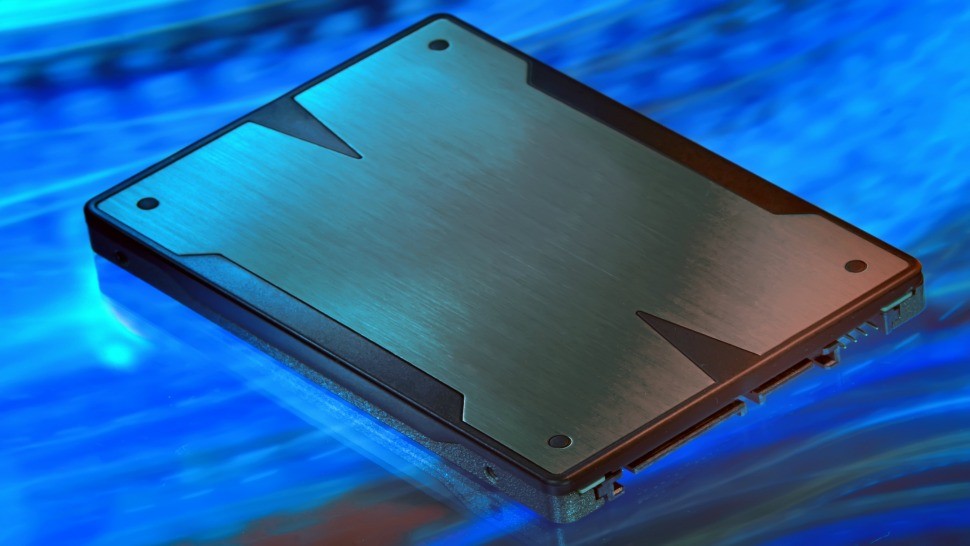How Long Will an SSD Last
The durability of an SSD is a common concern among users, with various factors such as workload intensity, environmental conditions like temperature and humidity, playing a role in its longevity.
In our discussion, we'll delve into the factors that dictate how long an SSD can be expected to perform, the influences that can alter this timeline, and the key indicators to monitor.
Short answer: The lifespan of an SSD depends on many factors, such as capacity, memory type, controller type, usage, and operating conditions. The average lifespan of an SSD is 3 to 5 years under normal use, but may be longer or shorter depending on the specific model and situation.
- How Long Will an SSD Last: Understanding SSD Durability
- How Long Do External SSD Last: Comparative Table of SSD Durability
- How long Will an SSD Last: Frequently Asked Questions
How Long Will an SSD Last: Understanding SSD Durability

The longevity of an SSD is influenced by multiple factors:
Drive Capacity
A drive with a higher capacity generally has more memory cells to utilize, which distributes the wear more evenly across the drive.
For instance, a 1TB SSD typically has a longer lifespan than a 256GB model under identical usage conditions because it has more cells to write to before any single cell wears out.
Memory Type
SSDs are equipped with various memory types like SLC, MLC, TLC, and QLC, which differ in the number of bits stored per cell and their endurance to write cycles.
SLC memory is the most durable, with up to 100,000 write cycles, whereas QLC memory is on the lower end, with around 1,000 cycles.
Controller Chip
The controller plays a pivotal role in the SSD performance and durability. It orchestrates data storage and retrieval, and also implements wear-leveling algorithms to extend the SSD's lifespan.
Advanced features such as TRIM, SMART, ECC (Error Correction Code), and others supported by the controller also contribute to maintaining the SSD's health over time.
Usage Intensity
High read/write operations can accelerate wear on the SSD. Nonetheless, this doesn't mean SSDs are unsuitable for heavy-duty tasks, for example, ssd for server. Proper usage, avoiding maxing out the drive's capacity and maintaining at least 10-15% free space for optimal TRIM and Garbage Collection efficiency, can help mitigate the impact of intense usage.
Environmental Conditions
External factors such as temperature, humidity, and exposure to dust and vibrations also play a role. SSDs are more robust against these factors than their HDD counterparts, but they are not impervious.
Optimal SSD operation typically occurs between 0 and 70 degrees Celsius; deviations from this range can lead to potential data loss or drive failure.
Manufacturers often rate SSDs for a lifespan of 3 to 5 years with average use. Yet, the actual life expectancy can vary significantly based on the model, usage patterns, and environmental conditions.
Some SSDs may last much longer, while others might fail prematurely.
How Long Do External SSD Last: Comparative Table of SSD Durability
To compare different SSDs based on their memory type, you can use the following table:
| Memory Type | Number of Bits per Cell | Write Cycle Endurance | Read/Write Speed | Advantages | Disadvantages |
|---|---|---|---|---|---|
| SLC (Single-Level Cell) | 1 | Up to 100,000 | High | High performance, reliability, and durability | High cost, low capacity |
| MLC (Multi-Level Cell) | 2 | Up to 10,000 | Average | Optimal price-to-quality ratio, sufficient capacity | Lower speed and reliability compared to SLC |
| TLC (Triple-Level Cell) | 3 | Up to 3,000 | Low | Low cost, high capacity | Lower speed and reliability, quick wear |
| QLC (Quad-Level Cell) | 4 | Up to 1,000 | Very Low | Lowest cost, highest capacity | Lowest speed and reliability, very quick wear |
| 3D NAND | 2-4 | Up to 10,000 | High | High speed, reliability, and capacity, low power consumption | High cost, production complexity |
| 3D XPoint | 1 | Up to 100,000,000 | Very High | Highest speed, reliability, durability, low latency | Highest cost, low capacity, limited compatibility |
How long Will an SSD Last: Frequently Asked Questions

How can I check the status and lifespan of an SSD?
To check the status and lifespan of an SSD, you can use various programs that provide information about the drive, such as:
- CrystalDiskInfo: This free program allows you to monitor the status and temperature of the SSD and displays SMART attributes that reflect various aspects of the drive's operation, including write cycle count, memory cell wear, read/write errors, and more. To use this program, download it from the official website, install it on your computer, and run it. Then, select your SSD from the list of available drives and view the displayed metrics.
- Kingston SSD Manager: This free program is designed to work with SSDs from Kingston. It not only monitors the SSD's status and temperature but also allows you to update firmware, perform Secure Erase, adjust drive settings, and more. To use this program, download it from the official website, install it on your computer, and run it. Then, select your SSD from the list of available drives and view the displayed metrics.
How can I extend the lifespan of an SSD?
To extend the lifespan of an SSD, you can follow these recommendations:
- Avoid overloading the drive and keep sufficient free space on it (at least 10-15% of total capacity) to allow TRIM and Garbage Collection functions to work effectively and remove unnecessary data;
- Regularly optimize the drive using built-in Windows tools or specialized programs that can trigger TRIM, reduce file fragmentation, fix file system errors, and more;
- Update the drive's firmware if the manufacturer releases new versions that can improve performance, reliability, and compatibility, as well as address potential issues;
- Install the SSD in well-ventilated, dust-free, and moisture-protected locations, and avoid overheating, vibration, shocks, and other adverse factors that can damage the drive or shorten its lifespan.
How can I recover data from an SSD?
If you accidentally deleted or lost data from an SSD, there are several ways to attempt data recovery, including:
- Using the Recycle Bin: If you deleted files from an SSD but did not empty the Recycle Bin, you can recover them by simply opening the Recycle Bin, selecting the files you want to restore, and clicking the "Restore" button.
- Using System Restore: If you lost files due to a system crash, virus, or other reasons, you can try to recover them using the System Restore feature, which allows you to revert your system to a previous state when the files were still on the drive. To use this feature, open Control Panel, select "System and Security," then "Recovery," and finally "Open System Restore." Follow the on-screen instructions to select a restore point and restore your system.
- Using specialized data recovery software: There are many programs designed for data recovery from SSDs, such as Recuva, EaseUS Data Recovery Wizard, Stellar Data Recovery, and more. To use these programs, download them from their official websites, install them on your computer, and run them.
How Long Will an SSD Last: Conclusion

In summary, the longevity of an SSD hinges on a mix of elements including the drive’s capacity, the type of memory it employs, the efficiency of its controller, the level of usage it undergoes, and the environmental conditions in which it operates.
While the average service life of an SSD is often cited as 3 to 5 years under standard usage, the actual duration can vary. Some may exceed this range, while others might fall short, all contingent on the individual drive and its operational context.
We trust that this exploration has provided you with valuable insights into the determinants of an SSD lifespan.
You might also be interested in:
